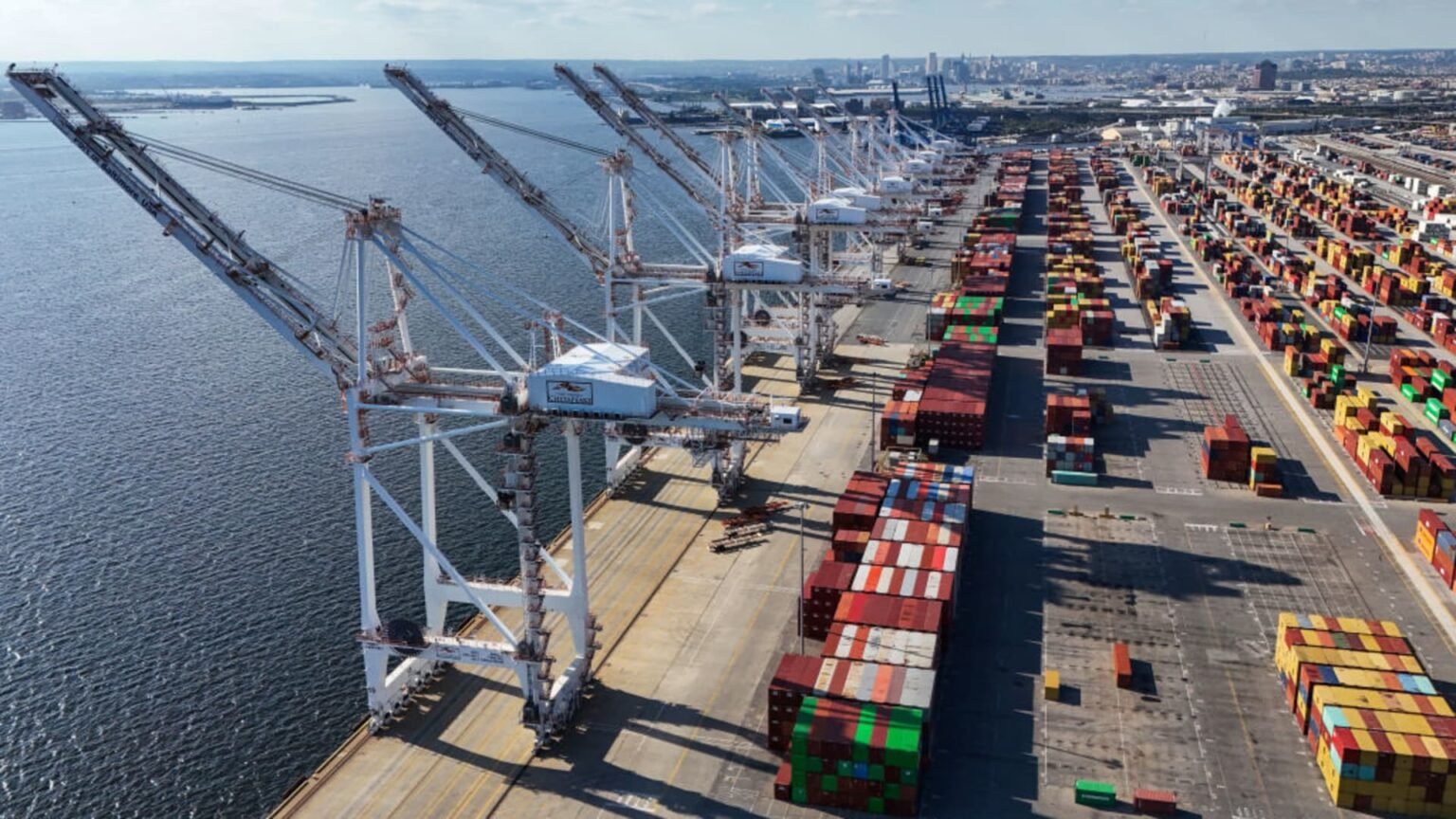On Friday, shares of Moller-Maersk and other European shipping companies saw a significant drop due to the conclusion of a U.S. port strike. The strike was resolved with a tentative deal on wages between a major union for U.S. dockworkers and the United States Maritime Alliance, extending their existing contract through Jan. 15 to allow for further negotiations. Had the strike continued, European shippers stood to benefit by potentially gaining a larger share of global supply chain demands. Maersk shares were down 7.05% by 9:05 a.m. London time, with Germany’s Hapag Lloyd experiencing a 13.45% decrease in their stock value. Swiss logistics company Kuehne + Nagel also saw a 1.48% decline in their shares.
The strike at U.S. East Coast and Gulf Coast ports that began at the start of the week came to an end with Thursday’s deal, which had threatened the supply of various goods including fruits, pharmaceuticals, and automobiles. The disruptions caused by the brief strike impacted U.S. supply chains, with billions of dollars in goods left anchored offshore just before the busy holiday shopping season. This strike, the first in nearly 50 years by the International Longshoremen’s Association, affected operations at 14 ports and involved around 50,000 of the union’s 85,000 members. The resolution of the strike brought relief to the industry and allowed for a smoother flow of goods through U.S. ports.
The uncertainty caused by the U.S. port strike led to a negative impact on the stock prices of European shipping companies, with Maersk and other companies facing significant losses during the market open on Friday. The volatility in the shipping industry due to labor disputes and potential disruptions in supply chains can have far-reaching consequences for companies that rely on efficient transportation of goods. The eventual resolution of the strike provided some stability to the market, but the lingering effects of disruptions during the strike period may still be felt by businesses and consumers.
The extension of the existing contract through Jan. 15 allowed for more time to negotiate a new agreement between the union and the management, providing a temporary solution to the labor dispute that had threatened to escalate into a prolonged strike. The agreement on wages between the dockworkers’ union and the Maritime Alliance helped alleviate concerns about further disruptions in U.S. port operations and ensured that the flow of goods through the ports would resume without significant delays. The tentative deal provided a framework for future negotiations and highlighted the importance of maintaining labor peace in industries that rely heavily on smooth supply chain operations.
The strike at U.S. ports underscored the importance of efficient transportation and logistics in the global economy, as disruptions in one part of the supply chain can have ripple effects on businesses and consumers worldwide. The brief walkout by the International Longshoremen’s Association served as a wake-up call for the shipping industry, highlighting the need for contingency plans and strategies to mitigate the impact of labor disputes on operations. The resolution of the strike demonstrated the ability of labor and management to come to an agreement that benefits both parties and ensures the continued flow of goods through critical ports.
As the shipping industry continues to navigate challenges such as labor disputes and disruptions in global supply chains, companies like Maersk, Hapag Lloyd, and Kuehne + Nagel must remain vigilant and prepared to address potential risks to their operations. The market response to the U.S. port strike served as a reminder of the interconnected nature of the shipping industry and the need for collaborative efforts to maintain stable and efficient supply chains. By learning from the experiences of the recent strike and implementing measures to prevent future disruptions, companies in the shipping sector can better position themselves to withstand challenges and adapt to changing market conditions.











